Scoville Scale Pepper Heat Levels Reference
| Pepper | Scoville Heat Units (SHU) | Common Uses |
|---|---|---|
| Bell Pepper | 0 | Salads, Stir-fries |
| Poblano | 1,000–2,000 | Chiles Rellenos, Mole Sauce |
| Jalapeño | 2,500–8,000 | Salsas, Nachos, Tacos |
| Serrano | 10,000–23,000 | Soups, Stews, Salsas |
| Cayenne | 30,000–50,000 | Spice Blends, Hot Sauces |
| Habanero | 100,000–350,000 | Hot Sauces, Caribbean Dishes |
| Ghost Pepper (Bhut Jolokia) | ~1,000,000 | Challenge Eating, Extreme Heat Recipes |
| Carolina Reaper | 1,400,000–2,200,000 | World Record Holder, Daredevil Cooking |
The Scoville Scale measures pepper heat in Scoville Heat Units (SHU), developed by Wilbur Scoville in 1912. It quantifies capsaicin concentration to help cooks choose peppers by heat level. Capsaicin is the chemical compound responsible for spicy sensation, measured accurately today via HPLC technology.
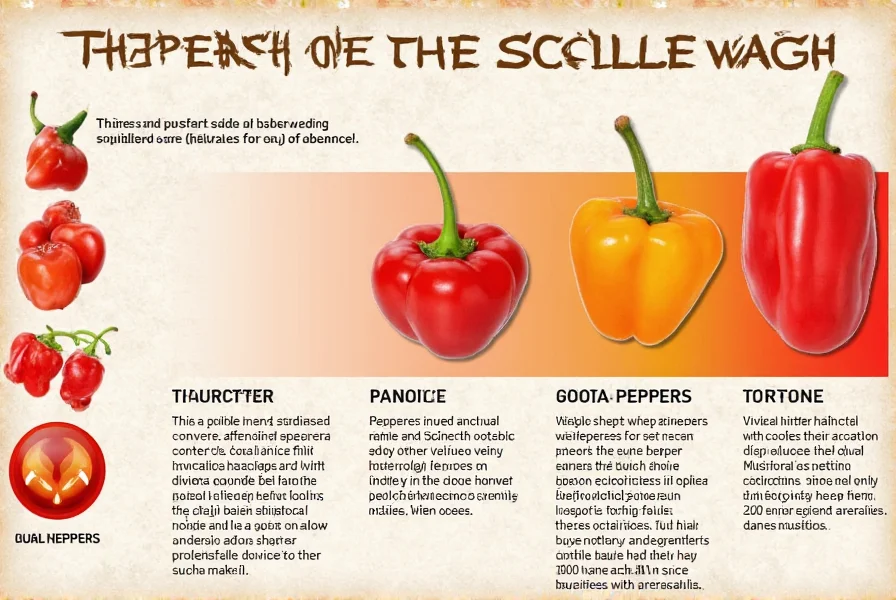
What Is the Scoville Scale Anyway?
The Scoville Scale was created by Wilbur Scoville back in 1912 — long before we had fancy lab equipment. He used a simple method called the Scoville Organoleptic Test, diluting chili extract until heat was undetectable. Today, scientists use high-performance liquid chromatography (HPLC) for precise capsaicin measurement, converting results to SHU for standard comparison.
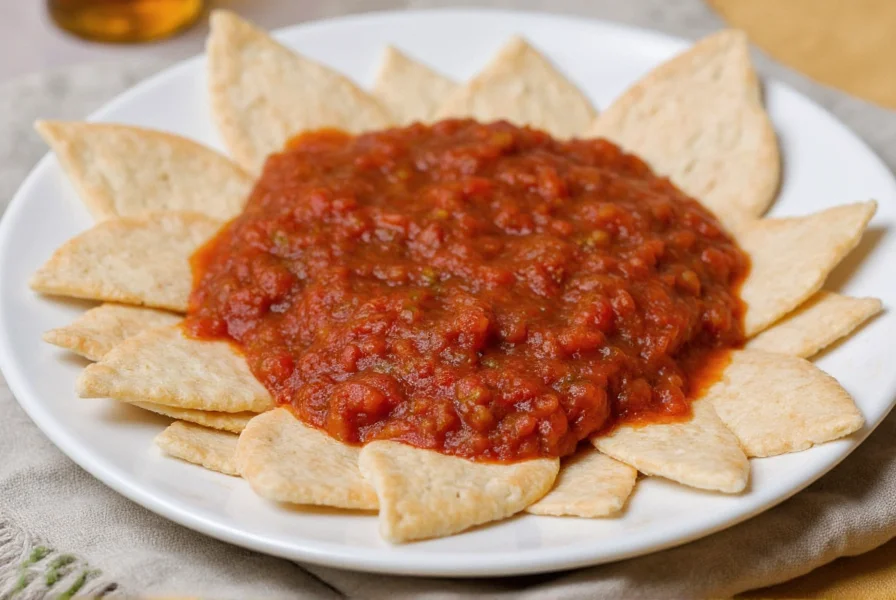
From Mild to Wild: Types of Peppers on the Scoville Scale
Let's dive deeper into popular peppers across the Scoville range. Each has unique characteristics for different culinary uses.
Mild & Sweet: 0–5,000 SHU
- Bell Peppers: No heat, full of nutrients. Ideal for salads and roasting.
- Peppadew: Sweet with mild zing. Perfect for gourmet sandwiches.
- Poblano: Used in Mexican cuisine; dried becomes ancho chile.
Medium Heat: 5,000–50,000 SHU
- Jalapeño: Versatile; heat varies by ripeness. Great for salsas and nachos.
- Serrano: Smaller and hotter than jalapeños. Ideal for salsas and hot sauces.
- Thai Bird's Eye: Tiny but potent. Common in Southeast Asian cooking.
Hotter Than Fire: 50,000–300,000 SHU
- Cayenne: Ground powder for spice blends. Adds deep heat without overpowering flavor.
- Habanero: Fruity notes with intense heat. Perfect for tropical recipes.
- Scotch Bonnet: Jamaican jerk seasoning staple. Close habanero cousin.
Super Spicy: Over 1 Million SHU
- Ghost Pepper: Once world's hottest. Used in challenge videos and extreme sauces.
- Carolina Reaper: Current world record holder (1.4M–2.2M SHU). Handle with extreme caution.
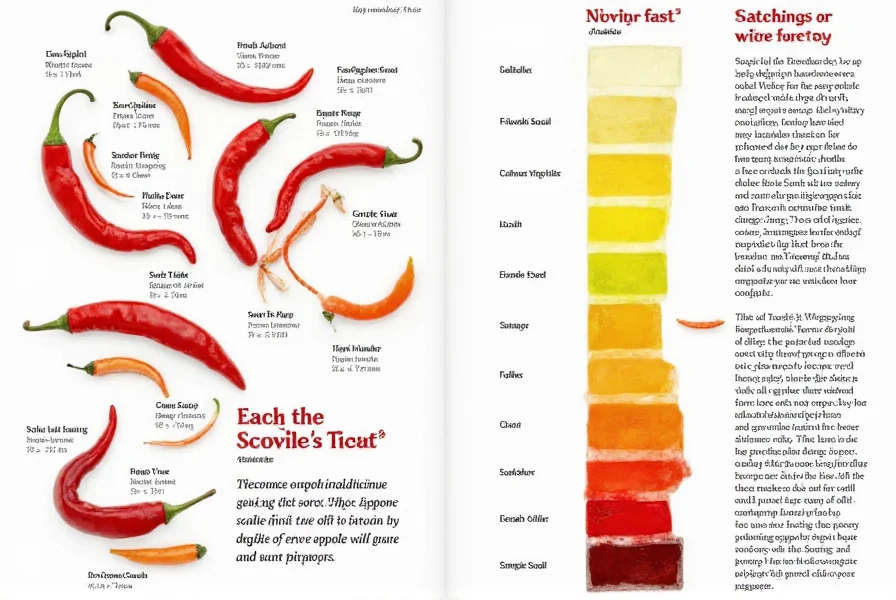
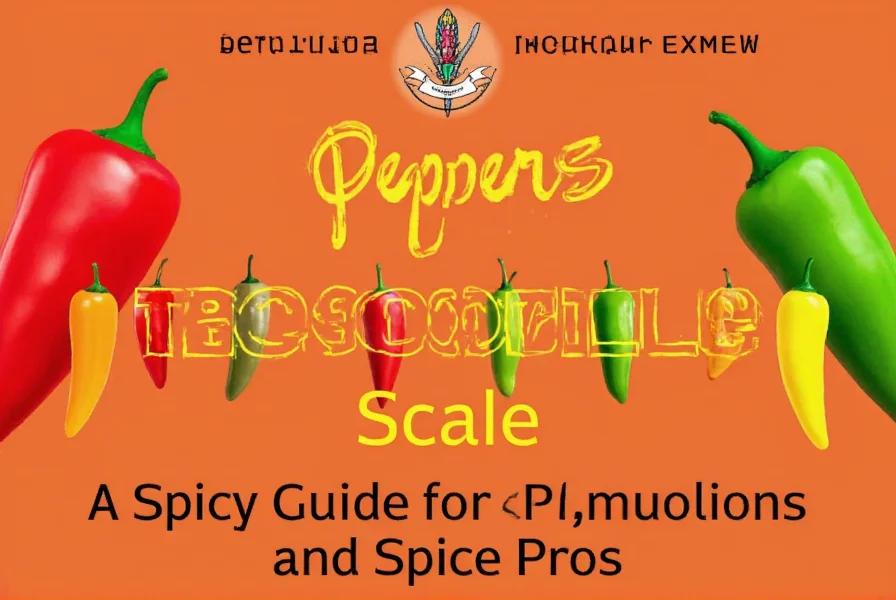
Cooking Tips: How to Use Different Heat Levels in Your Dishes
Mastering spice means balancing flavors, not just increasing heat. Here are expert tips:
Tip #1: Know Your Ingredients
Use milder peppers for subtle warmth; save super-spicy varieties for bold heat. Always taste a small piece first.
Tip #2: Control Heat with Seeds and Membranes
Seeds and white membranes contain most capsaicin. Remove for less heat; keep for maximum kick.
Tip #3: Balance Heat with Fat and Acid
Dairy (yogurt, sour cream) neutralizes spice. Acidic ingredients (lime juice, vinegar) brighten and balance heat.
Tip #4: Roast Peppers for More Flavor
Roasting poblanos or bell peppers brings out smoky sweetness. Try blistered shishito peppers for appetizers.
Tip #5: Use Fresh or Dried Based on Purpose
Fresh peppers offer crispness; dried peppers provide concentrated heat. Ancho chiles (dried poblanos) add earthy richness to sauces.
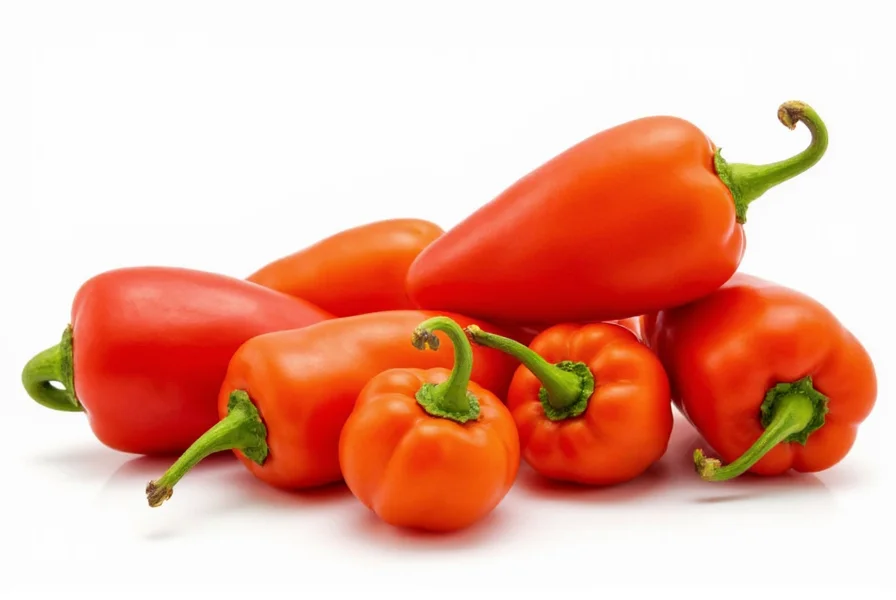
Buying Guide: Choosing the Right Pepper for You
Match peppers to your recipe and heat tolerance. Here are top picks:
Top Picks for Home Cooks
- Best Overall Jalapeño: Fresh Organic Jalapeños
- Heat Level: 2,500–8,000 SHU
- Best For: Tacos, nachos, guacamole, infused oils
- Best Sweet Option: Rainbow Bell Peppers
- Heat Level: 0 SHU
- Best For: Salads, stuffing, grilling, roasting
- Best Medium-Hot Chile: Serrano Peppers
- Heat Level: 10,000–23,000 SHU
- Best For: Soups, stews, green sauces
Top Picks for Heat Enthusiasts
- Best Habanero: Whole Dried Habaneros
- Heat Level: 100,000–350,000 SHU
- Best For: Caribbean jerk seasoning, homemade hot sauces
- Best Ghost Pepper Product: Bhut Jolokia Powder
- Heat Level: ~1,000,000 SHU
- Best For: Challenge recipes, spice competitions
- Extreme Pick: Carolina Reaper Seeds
- Heat Level: Up to 2.2 million SHU
- Best For: Daredevil gardeners and YouTube challenges
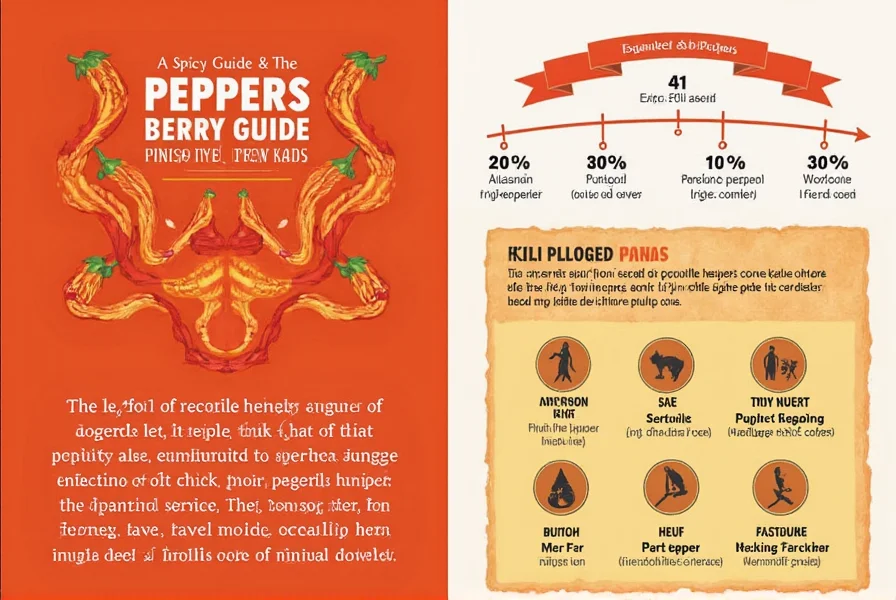
Spice Safety: Don't Burn Yourself Out!
Handle ultra-hot peppers with care:
- Wear Gloves: Capsaicin causes skin irritation, especially near eyes.
- Avoid Touching Face: Wash hands thoroughly after handling.
- Use Separate Cutting Boards: Prevent cross-contamination.
- Ventilate Well: Chopping releases volatile oils that irritate lungs.
- Keep Dairy Nearby: Milk or yogurt soothes burns (capsaicin is fat-soluble).
Frequently Asked Questions About Peppers & Heat
Q: Can I reduce the heat of a pepper after cooking?
A: Yes! Add dairy (milk, yogurt, sour cream) to neutralize capsaicin. Sugar or acidic ingredients (lemon juice, vinegar) also balance spiciness.
Q: Do darker red peppers mean more heat?
A: Not necessarily. Color alone isn't reliable; heat depends on variety, growing conditions, and genetics. Red jalapeños may be hotter than green, but red bell peppers have 0 SHU.
Q: Why do some people tolerate spice better than others?
A: Genetics and habituation play roles. Regular spicy food consumption desensitizes pain receptors over time. Cultural background also influences tolerance.
Q: Can peppers go bad quickly?
A: Fresh peppers last ~1 week refrigerated. Signs of spoilage: soft spots, mold, slimy texture. Dried peppers store 6-12 months in airtight containers.
Q: Is there a safe way to test a pepper's heat before using it?
A: Cut a tiny piece, touch to tongue, wait 30-60 seconds. Never bite whole peppers. For super-hot varieties, avoid touching lips; wash hands immediately after.
Q: What is the mildest pepper on the Scoville Scale?
A: Bell peppers (0 SHU). Other mild options: sweet banana peppers (0-500 SHU), peppadews (500-700 SHU).
Q: What is the hottest pepper in the world currently?
A: Carolina Reaper (1.4M–2.2M SHU) holds the Guinness World Record. Unverified contenders include Pepper X (3.18M SHU) and Dragon's Breath (2.48M SHU).
Q: How does cooking affect a pepper's heat level?
A: Cooking can increase or decrease heat. Initial heating releases capsaicin, but prolonged cooking breaks it down. Roasting balances heat with sweetness; frying concentrates it; boiling disperses it.
Q: What should I do if I get pepper burn on my skin?
A: Wash immediately with soap and cold water. Use dairy products (milk/yogurt) to soothe burns. Rubbing alcohol helps break down oil before washing. Never touch eyes; seek medical attention for severe reactions.
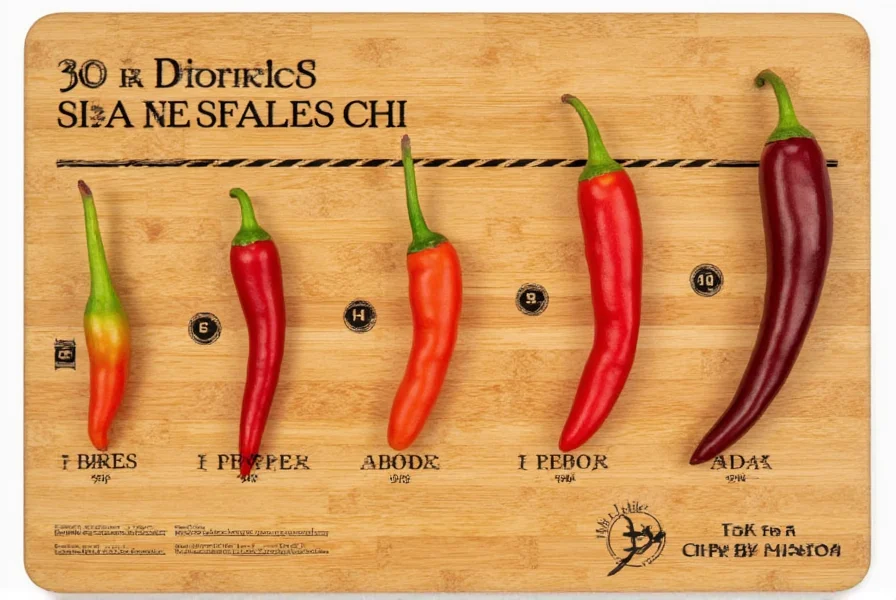

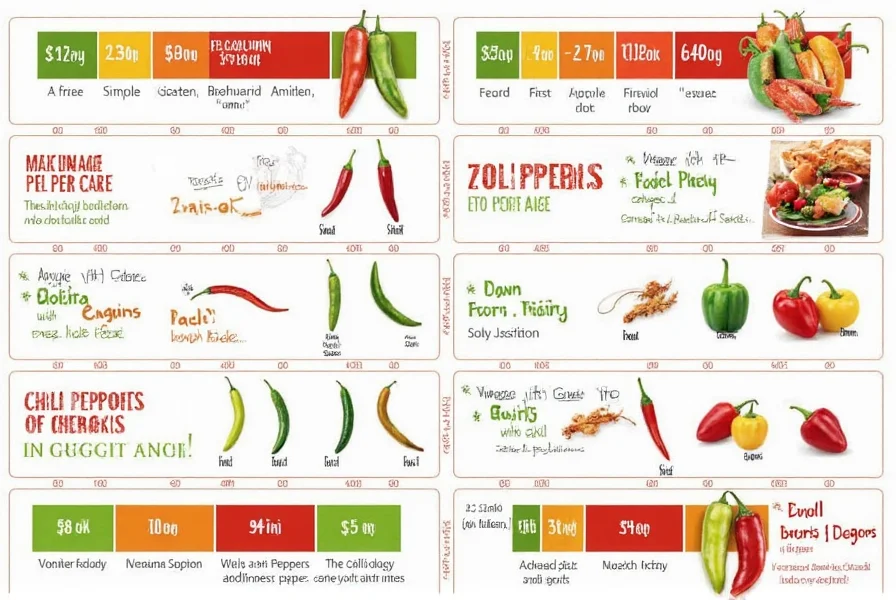









 浙公网安备
33010002000092号
浙公网安备
33010002000092号 浙B2-20120091-4
浙B2-20120091-4